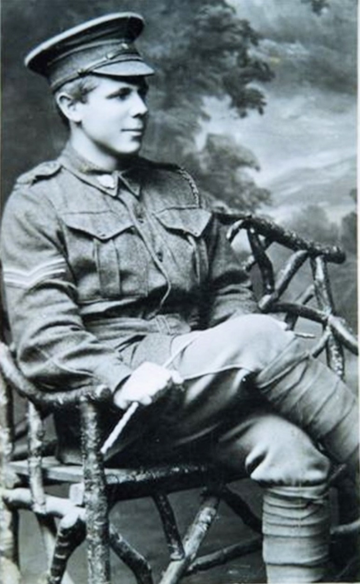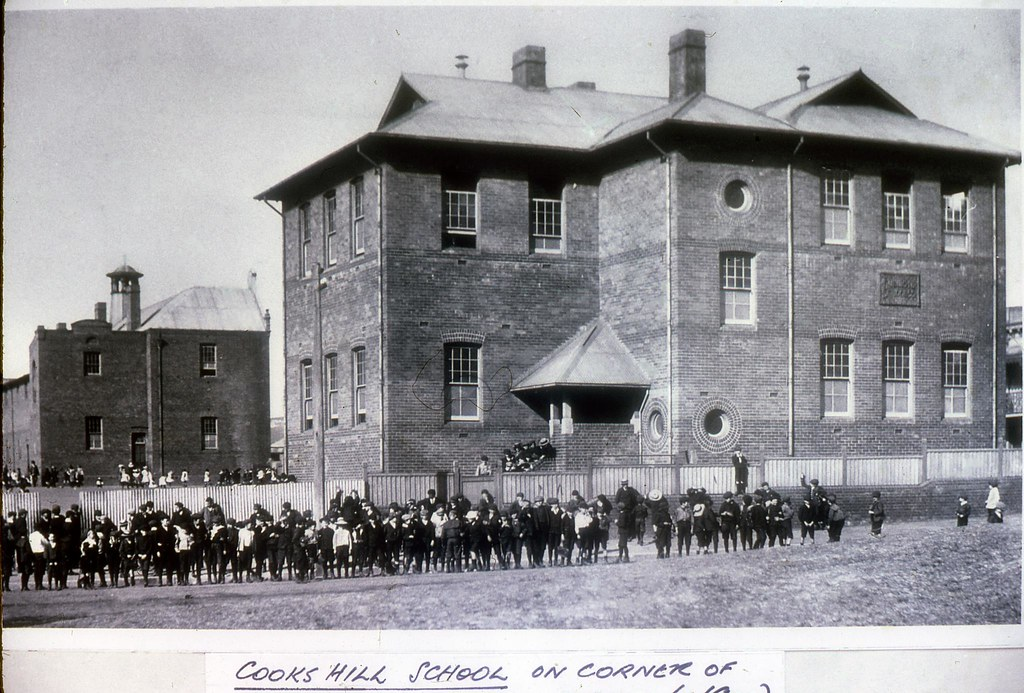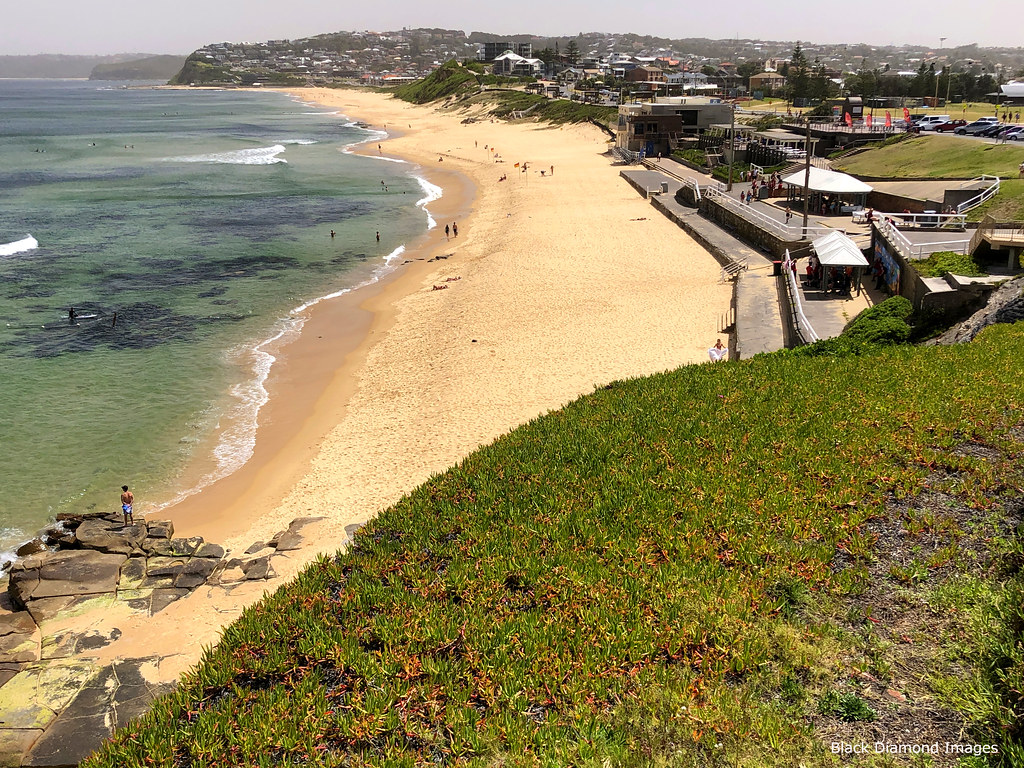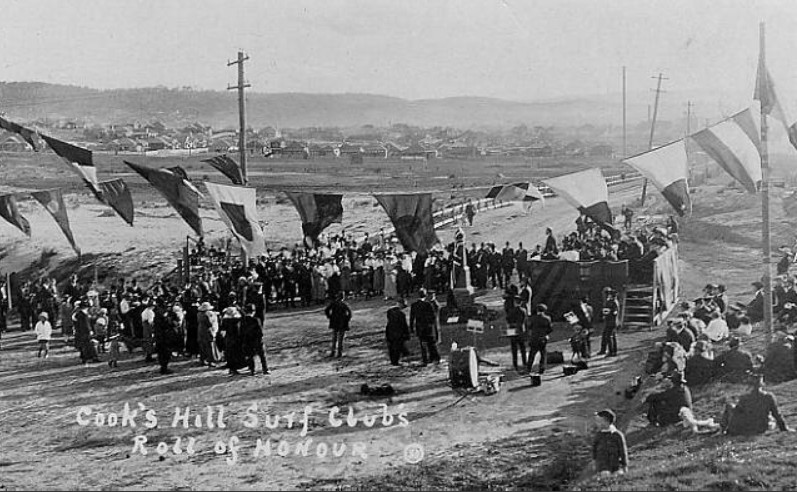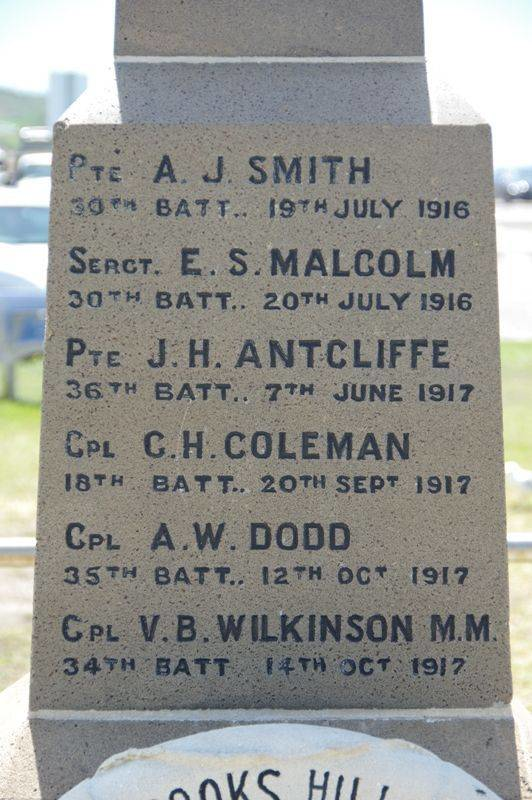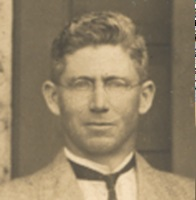Walter Genge SMITH
Eyes blue, Hair fair, Complexion fair
Alfie and Walter Smith - Brothers at War
Alfred John Smith, known as Alf or Alfie, was born in May 1894 in Cooks Hill, New South Wales, the youngest son of Captain Duncan Smith and Ada Smith née Genge 1865-1941. Alfie’s older brother, Walter Genge Smith, was born two years earlier in 1892. The Smith family lived at 74 Parry Street, Newcastle, where they were a respected and well-established part of the local community.
The Children of Duncan and Ada Smith:
- Duncan Malcolm, 1890–1973 m Marcella Smyth
- Walter George, 1892-1982 m Mattie Shepherd
- Alfred John Smith, 1894–1916 Fromelles
Their father, Captain Duncan Smith, was a professional ship's captain, working in the bustling port of Newcastle. His career on the seas brought both a seafaring tradition and a sense of discipline into the household. The family’s connection to the maritime world and Newcastle’s coastal identity played a strong role in shaping the boys’ character. Their mother, Ada, came from the Genge family — the daughter of Richard Morgan Genge and Margaret Eleanor Harrison — and had faced hardship from a young age, losing her father when she was just twelve.
The Smith children were raised with a deep sense of resilience, community pride, and public service. Alfie and Walter attended Cooks Hill Superior Public School, where Alfie was remembered as a thoughtful and capable student.
Alfie found work as a clerk, and Walter who listed his occupation as school teacher on enlistment, later in life worked as a printer. Outside their working lives, the two brothers shared a love of the beach and the surf, and were both deeply involved in the Cook’s Hill Life Saving Club — one of Newcastle’s most prominent surf lifesaving groups. Alfie in particular was active in the club's leadership, serving at one point as honorary secretary, and helping grow its reputation across the region. Their time with the surf club reflected their strong sense of discipline, fitness, and mateship — values that would later be echoed in their military service.
The club became a second home, and both Alfie and Walter were part of a generation of young men who balanced work with public service and local pride. When war was declared in 1914, the call to serve was strong among members of the surf club. Many enlisted, and the club would go on to lose several members at Gallipoli and later in France. Alfie and Walter would be among those who answered the call — and whose names would later be etched into the collective memory of Newcastle and Cooks Hill.
Off to War
Alfie enlisted on 18 September 1915 at Liverpool, New South Wales, aged 21. He was posted to B Company, 30th Battalion, part of the 8th Brigade of the newly raised 5th Division. His occupation was listed as clerk, and he had no prior military service. His older brother, Walter, enlisted earlier on 24 July 1915, also at Liverpool. Walter was posted to the same battalion — 30th Battalion, B Company — and was already training in Egypt when Alfie embarked. Walter had worked as a fireman and was 23 at the time of enlistment. The two brothers shared a strong bond. When Alfie arrived in Egypt in early 1916, Walter wrote home to their father, expressing his joy at being reunited with his younger brother:
20th Feb 1916
My Dear Dad,
I suppose you will be pleased to know that Alfie is with me now in Tel-el Kebir. I have used my best endeavors to get him into my Battalion and before long he will be with us.
According to King’s Regulations, the older brother has the right to claim his younger brother. Work here is lovely Tel-el Kebir quite a delightful place to the Canal.
We can go to the pictures whenever we wish and it reminds me of old times.
Alf will be unable to write this mail, owing to orders. I believe he is going to form part of another Battalion, the 56th I think.
Well Dad I will conclude as I have to hurry for the mail.
Write to me soon, won’t you Dad? As I am anxious to hear from you
Your Loving Son
Walter
On 12 March 1916, Alfie was transferred to the 30th Battalion — the very same unit as Walter. The reason noted in his file was clear:
“Transfer to 30th Battalion as requested by brother.”
Alfie was originally slated to join the 56th Battallion. It was a decision, permitted under King’s Regulations, allowing family members to serve together. For Alfie and Walter, it meant not only unity in arms but the comfort of having a familiar face amid the harshness of army life. The brothers trained side by side in the Egyptian desert. Walter also sent home a more detailed and lyrical letter from the Egyptian front, which was published in The Newcastle Morning Herald on 19 July 1916. He described the diversity of life around the Suez Canal with deep fascination:
“The great camp world that has been growing on the banks of the Suez… provides some remarkable contrasts. Australians, New Zealanders, Indians, Egyptians, Moors, each have their sphere in the camp.”
“Through the sand and the heat, the caravans of the East, imperturbed, wind their ways leisurely through miles bristling with canvas. Beneath the palms and acacias of a neighbouring village, the vociferous Egyptian barters as though everything here and hereafter depended on the noise he makes.”
Walter wrote with wonder about modern warfare mixing with ancient traditions:
“The occasional whirr of aircraft reaches us through the hot resonant air… Transport wagons, motor lorries, despatch riders give the place the appearance and sound of business. From miles across a heartless and uninteresting wilderness comes the dull vibration of artillery at practice.”
“Grenadiers and bombers in training raise clouds of smoke and sand to the tune of a roar of explosives. Stately Arabs passing from nowhere to nowhere, with their camels, stand to gaze on a changed scene with coldly curious eyes.”
He also reflected on cultural differences and the camaraderie shared with other colonial troops:
“To the white soldier, everyone who is not white is ‘Jonnie.’ The sturdy Maori infantrymen… always cheerful and highly respected. ‘Jonnies’ are also in the Camel Corps… The Ghurkha Jonnie… is muscular, with a chest and gait that befits an athlete… He has a contagious, pleasant smile, but draws blood when he draws his knife — always proud to show you his knife, but he cuts his hand first.”
Walter’s descriptions of the Egyptian Labour Corps were both vivid and insightful. He remarked on their unique work culture:
“The chant is interminable… on a minor scale of two or three notes… To this strain, scores of trains are loaded; the most desperate obstacles are removed. Even at the most commonplace task… they work in a frenzy of energy, as if partaking in some mystic ritual.”
“Then they stop exhausted. The task is done. Jonnie slips out of the camp, squats by the dusty roadside, falls asleep in the shade. Such is Jonnie.”
A week later, on 16 June 1916, the 30th Battalion embarked from Alexandria to join the British Expeditionary Force. Alfie and Walter disembarked at Marseilles, France, on 23 June 1916. Together they moved north by rail, through the green countryside of France — bound for the trenches of the Western Front and, tragically, the battlefield of Fromelles.
The Battle of Fromelles
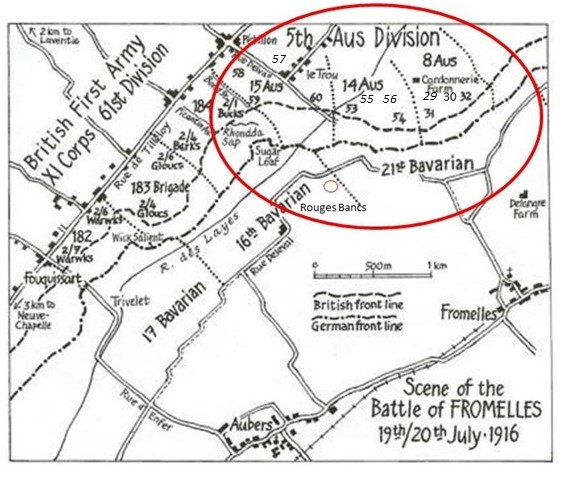
The 30th Battalion left Egypt in mid-June 1916 and arrived in France, disembarking at Marseilles on 23 June. Just a few weeks later, they were sent into the trenches at Fromelles. The 30th Battalion, as part of the 8th Brigade of the 5th Division, moved into the front-line trenches opposite the German lines near Fleurbaix. They were among the supporting battalions for the assault planned for 19 July 1916.
At 5.45 PM, the 31st and 32nd Battalions launched the initial attack across No Man’s Land, suffering enormous casualties. The 30th Battalion was held in support, with some companies ordered forward later in the evening. Casualties mounted quickly. Alfie, then only 22 years old, was one of those sent forward. According to post-war accounts, Alfie was shot and killed while trying to return across No Man’s Land after the failed attack.
He never made it back to the Australian lines. His body was never recovered.
The 30th Battalion's official war diary recorded the aftermath with clinical brevity, but for the men who served with Alfie, the loss was deeply personal.
Walter, serving with the same battalion, survived Fromelles. He continued his service and was later recognised for his bravery during the Battle of Polygon Wood in 1917, where he earned the Military Medal for capturing a machine gun and twelve prisoners.
The local newspaper later wrote:
“This was Sergeant Smith’s third Christmas on active service. His brother, Private Alfred Smith, who enlisted shortly after him, was transferred to his brother’s battalion in Egypt; but their companionship was severed shortly after arriving in France, where Alfred was shot while returning across No Man’s Land after the ill-fated attack at Armentieres on July 19, 1916.”
Despite the chaos of the battlefield, Alfie was remembered by his surf lifesaving club in Newcastle:
“The death of Private Alf. Smith was recorded with regret, and reference was also made to the fact that Sergeant E. Malcolm was missing, and that Privates E. Amby and G. Coleman had been wounded. Private Smith was killed in action in June last, and the committee sympathised deeply with his parents.”
Alfie’s death left a deep wound in the Smith family. His father, Captain Duncan Smith of Parry Street, Newcastle, received the official notice that his youngest son had been killed in action:
“SMITH. —Killed in action in France, 20th July, Private Alfred John Smith, youngest son of Captain Duncan Smith, Newcastle.”
After the Battle
Alfie has no known grave. He was one of hundreds of Australians killed during the disastrous Battle of Fromelles whose bodies were never recovered from the battlefield. His name is commemorated on the V.C. Corner Australian Cemetery and Memorial, where 410 unidentified Australians are buried and 1,299 names are inscribed on the walls — men with no known resting place. In early 1917, a letter from 11945 Private Garnet Dart, (published in the Northern Times), captured the impact of war on the close-knit community of Cook’s Hill. Writing from Glasgow, he reflected on news from home and the toll of the war on his old mates:
“I wrote a long letter to poor Teddie Malcolm, and was greatly surprised to receive a letter from old ‘Daddy’ Wilson in reply to it. Therein he stated that ‘Teddie’ was missing, that poor Alfie Smith, (George) Lucre and Eric Arkell had gone on the long journey.
It is hard to think that they are no more. I liked them both much. With Alf I went to the good old Cook’s Hill School, and Teddie I associated with in the surfing world. Poor Ted! He did much during his term as hon. secretary of the old surf club (Cook's Hill) to further it on the ladder of success.”
Newcastle/Cooks Hill surf boys :
- 11945 Garnet Dart, 9th Field Ambulance
- 483 Sgt Edward S. Malcolm, 30th btn KIA 20 July 1916, Fromelles
- 467 George Henry Lucre, 30th btn KIA 20 July 1916 Fromelles ( ID 2010)
- 3255 Alfred Smith , 30th btn KIA 20 July 1916 Fromelles
- 539 Walter Smith. MM, 30th Btn. Fought alongside his brother at Fromelles
- 340 Eric Arkell , 30th btn KIA 20th July 1916 Fromelles
- 341 Max Arkell , 30th btn died of wounds 28 August 1918
You can read Eric and Max Arkell's Soldier Story on our website.
Alfie is also remembered in several locations across his home town of Newcastle:
- Australian War Memorial Roll of Honour (Panel 119)
- Cook’s Hill Superior Public School Honour Roll
- Cooks Hill Life Saving and Surf Club Memorial
- Newcastle High School Honour Roll
- Newcastle West and Cook’s Hill Welcome Home Committee Roll
The grief of Alfie’s death was ever-present for his family. His brother Walter returned to Australia after more than three years of service. He had survived trench fever and a gunshot wound to the hand, and was welcomed home as a decorated war hero:
“A welcome was accorded to Sergeant W. G. Smith… the chairman, in welcoming Sergeant Smith on his return, after three and a half years on active service, congratulated him on having been awarded the Distinguished Conduct Medal for bravery on the field… [and] feelingly referred to the loss of a brother of Sergeant Smith who was killed in action.”
Walter went on with the Battalion and was awarded the Distinguished Conduct Medal for his bravery at Polygon Wood. Bravery in the field during operations in Belgium. Walter was awarded the Military Medal for his conspicuous bravery and leadership during the fighting near Polygon Wood in late September 1917, part of the broader Third Battle of Ypres.
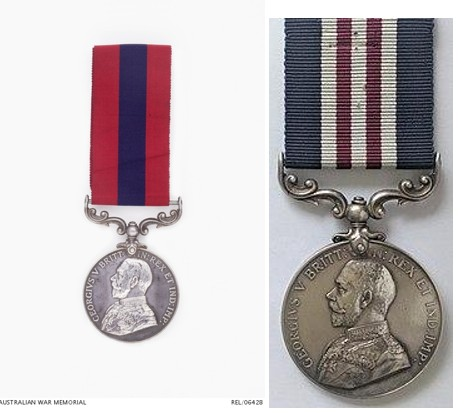
A newspaper report from the time states:
“Sergeant Smith was instrumental in capturing a machine gun and twelve prisoners during the early portion of the battle of Flanders. In the next turn of his unit in the trenches a few days later, Sergeant Smith was unable to remain longer than five days, being taken ill with trench fever, no doubt induced by a bullet wound through the hand which he had received a week before.”
His actions demonstrated initiative and courage under heavy fire, contributing significantly to the success of his company’s objectives. Shortly after, Walter was hospitalised with trench fever, believed to have been brought on by a bullet wound through the hand that he had sustained a week earlier. Despite his injuries, Walter recovered and returned to Australia after three and a half years of active service. His community honoured his courage and sacrifice. During the welcome home ceremony, speakers reflected on the deep personal cost to the family.
Walter’s younger brother, Alfie, had been killed at Fromelles just days after the brothers arrived in France together. Walter was a proud and active member of the Cook’s Hill Life Saving Club before and after the war. The club mourned Alfie’s death and celebrated the bravery of its returning members. Walter’s story became part of the club’s proud tradition of service and sacrifice. Walter married Mattie Louis Sheppard in 1920 and they had two daughters. He passed away in 1982 at the age of 89.
Alfie and Walter’s older brother, Duncan Malcolm Smith, M.A. (1890–1973), was born in Newcastle, on 29 October 1890, Duncan was a respected educator and public figure whose life was defined by scholarship, service, and integrity. After earning his B.A. in 1912 and M.A. (Hons) in 1920 from the University of Sydney, he dedicated his life to education. Duncan taught at Cleveland Street, North Sydney High, Goulburn, Sydney Boys High and Canterbury before becoming headmaster at Nowra Intermediate High School.
He later served as an inspector for the Albury district until his retirement in 1954. Duncan was also active in politics, serving as President of the ALP Goulburn Electorate Council in 1925. He was expelled from the party in 1926 for refusing to vote for the abolition of the Legislative Council but remained politically engaged, aligning with federal Labor in 1933. He married Marcella Gertrude Smyth in 1914 and had four children. He is laid to rest in Rookwood Cemetery. Duncan’s legacy includes a lifetime of public service and a commitment to education that shaped generations.
Can you help us identify Alfie?
Alfred John Smith was killed in action at Fromelles on 20 July 1916. His body was never recovered, and he has no known grave.
In 2008, a mass grave was discovered behind the German lines at Pheasant Wood. It contained the remains of 250 Australian and British soldiers buried by the Germans after the battle. Since then, 180 Australian soldiers have been identified through DNA and forensic science.
It is possible that Alfie is among the 70 men (2025) who remain unidentified. To help give Alfie his name back, we are appealing for DNA donors from his extended family line. If you are a relative — through his parents, siblings, or grandparents — Australia, Scotland, England - you may be able to help.
DNA samples are being sought for family connections to
| Soldier | Alfred John Smith (1894–1916) |
| Parents | Duncan Smith (1855–1930) and Ada Genge (1865–1941), of Newcastle, NSW |
| Siblings | Duncan Malcolm Smith (1890–1973) – M.A., School Inspector | ||
| Walter Genge Smith (1892–1982) – 30th Battalion, Military Medal recipient |
| Grandparents | |||
| Paternal | Duncan Smith (born 1811) and Mary (born 1818) | ||
| Maternal | Richard Morgan Genge (1841–1877) and Margaret Eleanor Harrison (1842–1925) |
The Fromelles Association would love to hear from you

Contacts
(Contact: carla@fromelles.info or geoffrey@fromelles.info).
(Contact: army.uwc@defence.gov.au or phone 1800 019 090).
Donations
If you are able, please contribute to the upkeep of this resource.
(Contact: bill@fromelles.info ).
